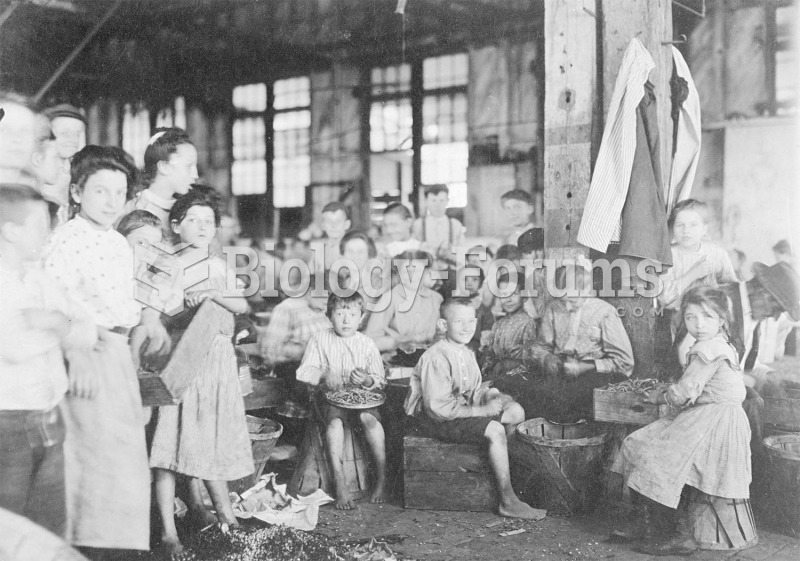Question 1
How does this photograph of black teenager Elizabeth Eckford trying to enter the all-white Central High School in 1957 most contradict the traditional image of the 1950s?
A) The photograph shows that racial integration was peaceful in a decade of turmoil.
B) The photograph demonstrates that teenagers were civically engaged in a time of complacency.
C) The photograph reveals that people in the 1950s took divergent political paths in a time of
unanimity.
D) The photograph challenges the image of the 1950s as a tranquil period of ideological
consensus.
Question 2
How does Nathaniel Currier's lithograph on the right portraying the death of Colonel Henry Clay Jr. at the Battle of Buena Vista during the Mexican War differ from the daguerreotype on the left of Brigadier General John E.
Wool and his staff in Saltillo, Mexico? A) The lithograph attempts to portray events accurately, whereas the daguerreotype is simple
propaganda.
B) The lithograph is inspirational, whereas the daguerreotype is realistic.
C) The lithograph was made for Clay's family, whereas the daguerreotype was distributed for
public consumption.
D) The lithograph celebrates war, whereas the daguerreotype criticizes it.
Question 3
Based on this map, why did President Kennedy have legitimate concerns about short-range and intermediate-range nuclear armed Soviet missiles in Cuba?
A) Cuba's proximity to the United States made it easy for the Soviets to conduct a land invasion.
B) Cuba had once been a strong economic and political ally to the United States.
C) All major cities on the continental United States were within target range of these missiles.
D) The United States had no such missiles on the mainland to retaliate against Cuba.
Question 4
What was the cause of Bacon's Rebellion in Virginia?
A) a desire to ban royal rule in Virginia
B) frustration with favoritism shown by the governor
C) the masses' attraction to a charismatic leader
D) a radical vision of a slave-free territory in the South
Question 5
How did Lewis Hines's investigation of injured Pittsburgh workers that used photographs like this one of a young coal miner amputee help advance Progressive goals?
A) Employers paid immediate hospital expenses for the injured, but then let them fend for their
selves.
B) Employers established medical practices and hospitals in their company towns.
C) States launched worker compensation programs that provided disability payments and
medical care to the injured.
D) The wealthy instituted private charitable foundations to help injured workers survive.
 Major moons of Uranus in order of increasing distance (left to right), at their proper relative size
Major moons of Uranus in order of increasing distance (left to right), at their proper relative size
 This girl ran four spinning machines in a cotton mill in Whitnel, North Carolina. Only 4 feet, 3 inc
This girl ran four spinning machines in a cotton mill in Whitnel, North Carolina. Only 4 feet, 3 inc





